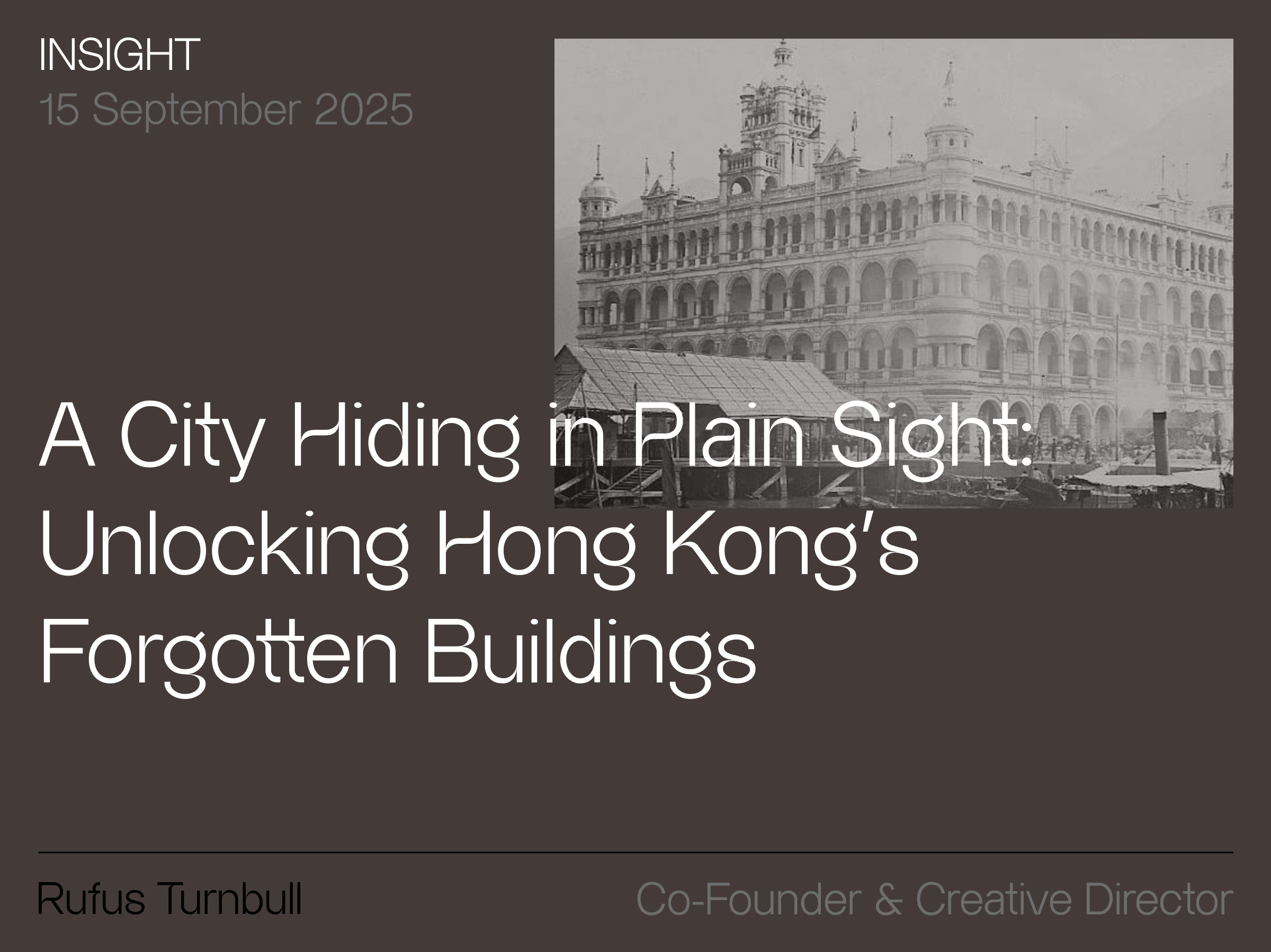Subscribe to our monthly newsletter
Opinion, insights, articles, new projects, jobs, creative inspiration and a behind the scenes look at our process and approach


Color Psychology
We learn from an early age that colours can profoundly impact emotions and behaviours. Overwhelming colour schemes create visual fatigue. Colour can also be used not just as decoration but as a strategic tool to guide customers through a store journey, highlighting key elements with accent colours can make a sutomers life easier by selectively drawing attention intuitively.
Natural Light
Access to daylight improves mood and has been shown to improve decision-making capabilities and create a more authentic shopping experience where products are seen in their true colours. Strategically placed skylights, large windows, or light wells can reduce dependency on artificial lighting while creating dynamic, evolving environments throughout the day. When natural light isn't possible, full-spectrum lighting (such as Coelux - budget willing!) that mimics daylight can be incorporated, with adjustable systems that change in intensity and temperature throughout the day to match natural circadian rhythms, helping prevent customer fatigue during longer shopping trips.
Biophilic Design
Incorporating natural elements into retail spaces satisfies our innate connection to nature while reducing stress and enhancing cognitive function. Living walls, indoor plants, natural materials like wood and stone, and water features can transform sterile retail environments into restorative spaces. Beyond aesthetic value, these elements improve air quality and create natural sound buffers. Retailers can authentically embrace biophilic principles by selecting indigenous plants, sustainable materials, and creating maintenance plans that ensure these natural elements thrive long-term, rather than becoming neglected afterthoughts.


Clutter and Organisation
Visual noise from excessive merchandise and disorganised displays creates decision fatigue. Well-organised retail spaces with clear categorisation, appropriate product density, and intuitive navigation tend to reduce mental effort and enhance the shopping experience. Consider implementing negative space around premium products, logical groupings based on customer needs rather than traditional categories, and consistent visual merchandising that helps customers quickly find what they need. Digital wayfinding tools integrated with physical organization systems can also help to reduce cognitive load while collecting valuable data on customer movement patterns.
Comfortable Furnishings
Strategic seating areas throughout a store can improve dwell time and reduce frustration levels, allowing for longer visits. Rest zones work best when integrated rather than clumsily added-on and appearing as afterthoughts. The placement is key if they are to provide natural resting points during the customer journey, particularly near fitting rooms or consultation areas where longer decision-making occurs. For stores targeting older demographics or families.
Personalisation and Identity
Spaces that reflect customers' identities and values create deeper connections and loyalty and ultimately a sense of authenticity. This can be successfully achieved through integrating localised design elements, community partnerships, or zones that adapt to individual preferences. Consider creating flexible spaces that can be easily modified for different community events or seasonal celebrations, reinforcing the store's role as a community hub rather than just a transactional space.

Acoustic Design
Sound profoundly impacts shopping behaviour. Excessive noise creates stress and shortens visit duration. Sound-absorbing materials can help customer to focus and reduces a major source of distraction, particularly when it comes to interacting with staff or seeking advice.
Spatial Layout
Intuitive navigation reduces frustration allowing customers to navigate the journey stress-free and without help or barrier. Effective layouts balance the need for discovery with ease of finding specific items, with clear sightlines to key zones like fitting rooms and checkout areas. Its best to avoid bottlenecks (whether physical or perceived) and create.
Sensory Stimulation
While sensory-rich environments can be engaging, balance is crucial to prevent overwhelm. Does background music complement or compete with customer conversations? Do fragrance strategies enhance or distract from the product experience? The creation of sensory transitions as customers move through different store zones can help to retain customer attention and focus, allowing appropriate adjustment periods.



News -
Hong Kong’s commercial properties are too often caught in a cycle of demolition and rebuild. This approach erases history, wastes embodied carbon, and misses opportunities for urban regeneration. Studio X Founder Rufus Turnbull explores the untold…

This article explores how interior design affects mental health, from the role of natural light and acoustics to the impact of material choices and spatial flow. Thoughtful design can support wellbeing, productivity, and long-term satisfaction in…

Designing a successful retail store layout demands a rare blend of business insight, creativity, strategic thinking, and practical execution. As part of commercial design, it requires a clear understanding of customer needs and behaviours,…